Researchers all over the world are honing in on drugs that promote the regeneration of myelin — a substance in the brain critical for its normal function.
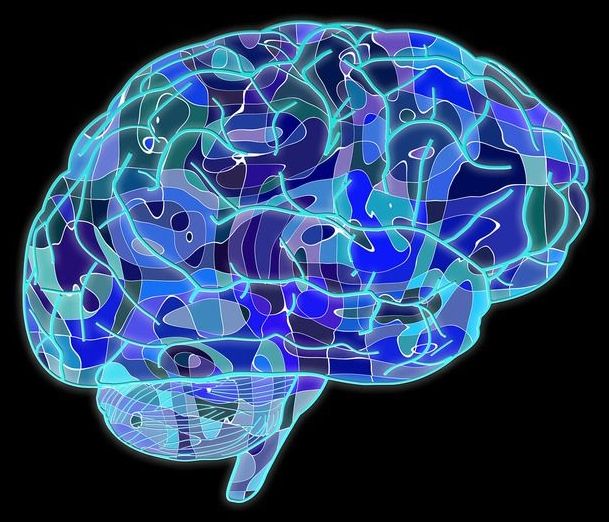

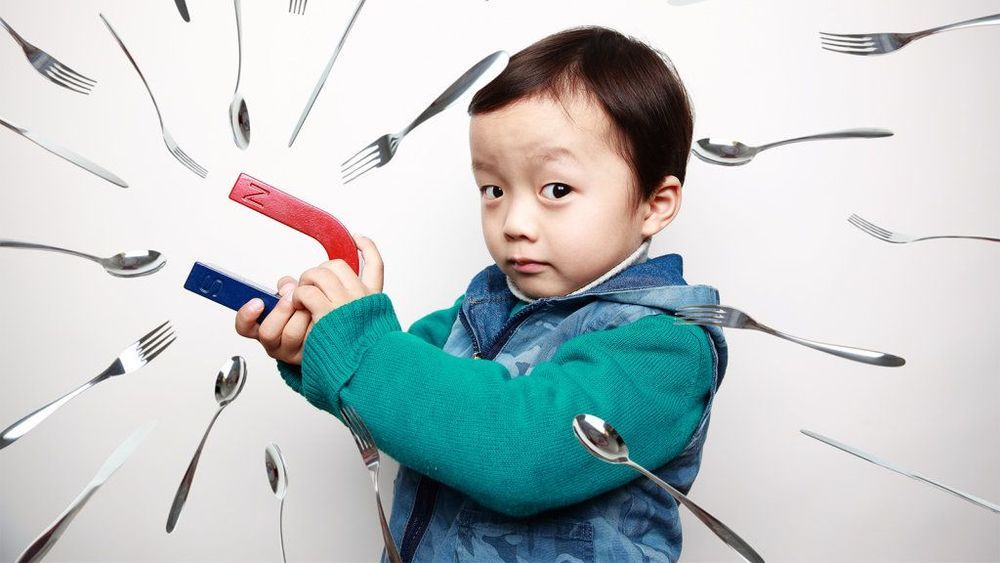
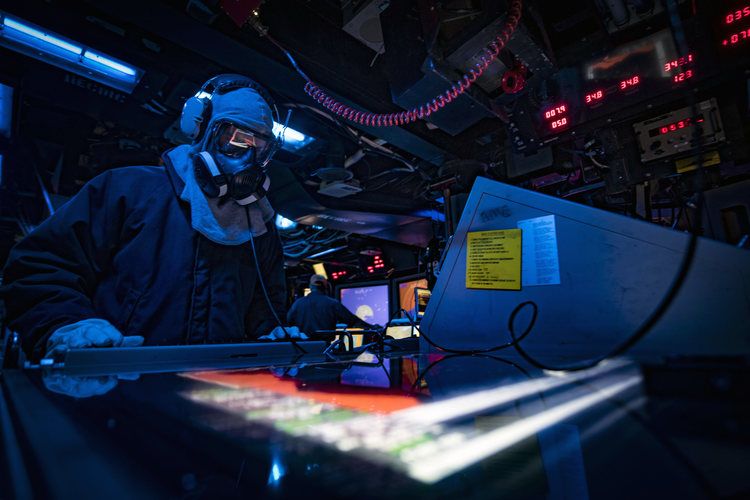
Of the spread of COVID-19 aboard the aircraft carrier USS Theodore Roosevelt and the subsequent relief of its Commanding Officer has highlighted the tension that exists between maintaining military readiness and the need to safeguard the health of members of the armed forces in the face of a pandemic.
The disease has been a feature of war for the vast majority of human history – from the plague that ravaged Athens early in the Peloponnesian War, killing the Athenian strategos Pericles; to the diseases that European settlers brought with them to the New World, devastating local populations; to the host of tropical diseases that caused appalling casualties in the China-Burma-India and Southwest Pacific theaters in World War II. The fact that we were surprised by the emergence, growth, and spread of COVID-19 reflects the false conceit of 21st century life that we have “conquered” disease.
In fact, pandemics are but one class of low-probability but high-impact contingencies that we could face in the coming years, including an earthquake or other natural disaster in a major urban area, regime change in an important state, and the collapse of financial markets leading to a global depression. When I served as Deputy Assistant Secretary of Defense for Policy Planning between 2006 and 2009, we explored a series of such “shocks” as well as the role the Defense Department could play in responding to them as a way of helping the Department’s leaders address such contingencies. During my time in the Pentagon, we also held a series of wargames with members of Congress and their staff, governors of several states and their cabinets, and the government of Mexico, to explore in depth the consequences of a pandemic. Much of what we found then resonates with what we are experiencing now.
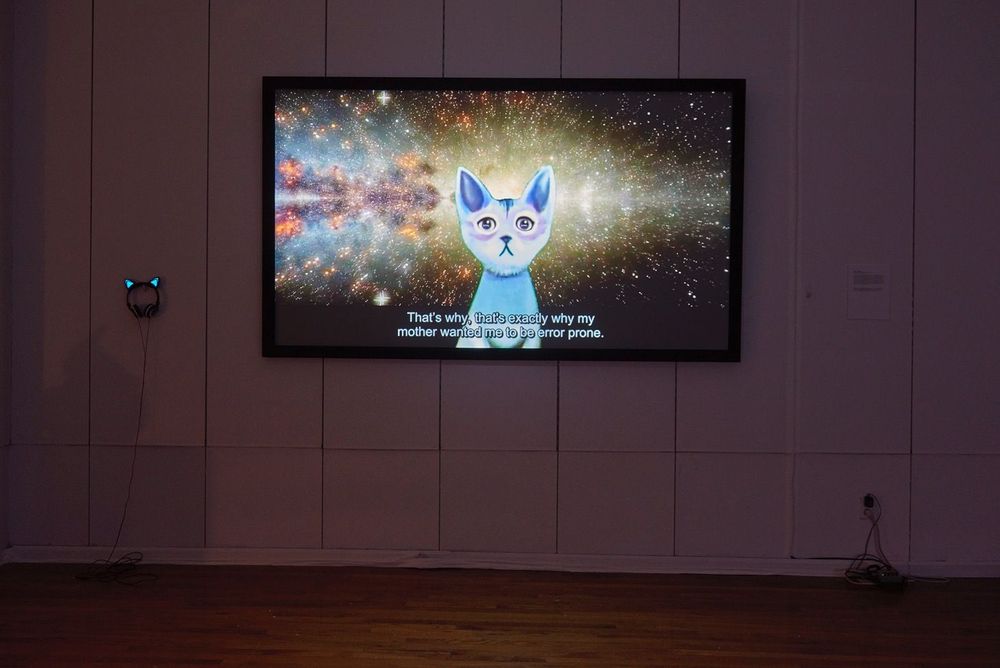
When we think of the interaction between mankind and any type of artificial intelligence in mythology, literature, and pop culture, the outcomes are always negative for humanity, if not apocalyptic. In Greek mythology, the blacksmith god Hephaestus created automatons who served as his attendants, and one of them, Pandora, unleashed all the evils into the world. Mary Shelley wrote the character named the Monster in her 1818 novel Frankenstein, as the product of the delusions of grandeur of a scientist named Victor Frankenstein. In pop culture, the most notable cases of a once-benign piece of technology running amok is the supercomputer Hal in 2001 Space Odyssey and intelligent machines overthrowing mankind in The Matrix. Traditionally, our stories regarding the god-like creative impulse of man bring about something that will overthrow the creators themselves.
The artificial intelligence-powered art exhibition Forging the Gods, curated by Julia Kaganskiy currently on view at Transfer Gallery attempts to portray the interaction between humans and machines in a more nuanced manner, showcasing how this relationship already permeates our everyday lives. The exhibition also shows how this relation is, indeed, fully reflective of the human experience — meaning that machines are no more or less evil than we actually are.
Lauren McCarthy, with her works “LAUREN” (2017) and its follow-up “SOMEONE” (2019) riffs on the trends of smart homes: in the former, she installs and controls remote-controlled networked devices in the homes of some volunteers and plays a human version of Alexa, reasoning that she will be better than Amazon’s virtual assistant because, being a human, she can anticipate people’s needs. The follow-up SOMEONE was originally a live media performance consisting of a four-channel video installation (made to look like a booth one can find at The Wing) where gallery-goers would play human versions of Alexa themselves in the homes of some volunteers, who would have to call for “SOMEONE” in case they needed something from their smart-controlled devices. Unfortunately, what we see at Forging The Gods is the recorded footage of the original run of the performance, so we have to forgo playing God by, say, making someone’s lighting system annoyingly flicker on and off.
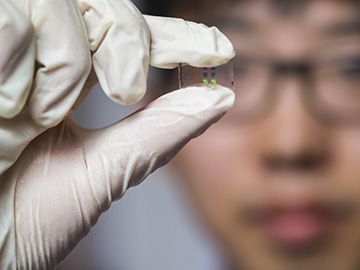
Edward Snowden shows you how to make your phone go black in this full episode of VICE on HBO.
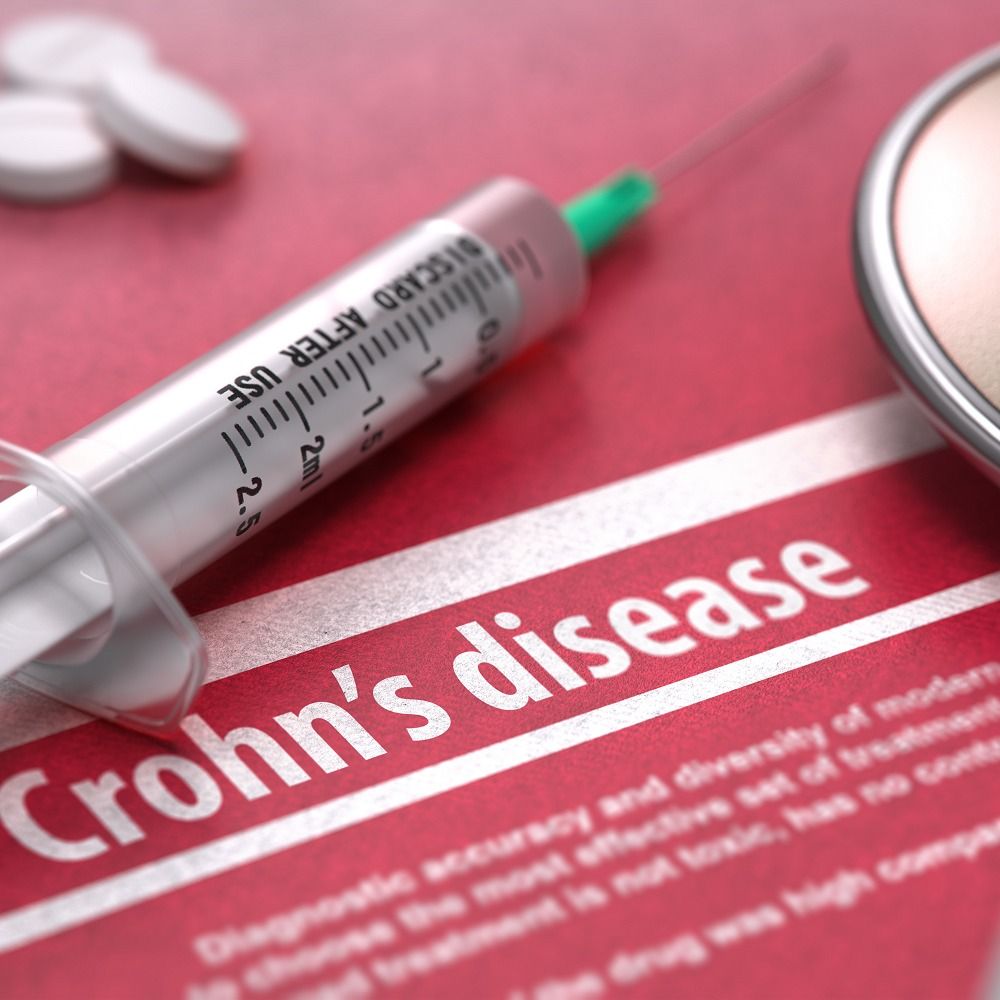
According to a study published in Gut Pathogens scientists suggest that they have had a breakthrough in treating the incurable disease and reports from Australia’s Center for Digestive Diseases suggest that they may have created a potential cure for Crohn’s Disease.
The Mayo Clinic describes Crohn’s Disease as an inflammatory bowel disease that can affect several different points of the digestive tract, and patients can suffer with diarrhea, abdominal pain, weight loss, and fatigue; the pain experienced can vary to be so severe that it can lead to life threatening complications.
“It has a negative impact on many aspects of quality of life, including physical, social, psychological, and sexual functioning,” researchers described in a statement.
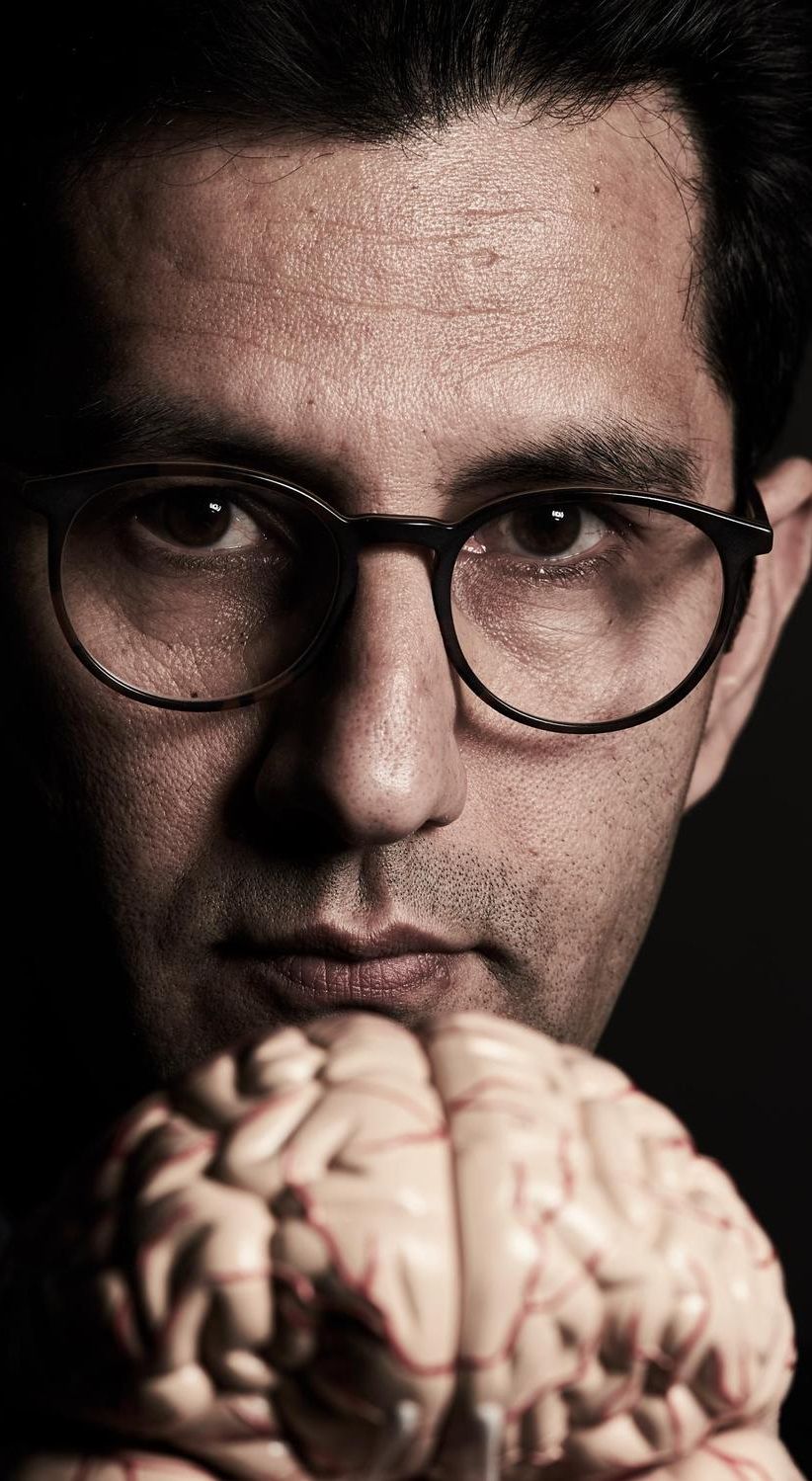
Department of Engineering, Aarhus University, is coordinating a FET-Open backed project to build an entirely new AI hardware technology using nano-scale spintronics that can radically change the way in which computers work. The project will develop a neuromorphic computing system using synaptic neurons implemented in spintronics: a novel AI hardware that can set a framework for AI software in a physical system built like a human brain, upping computer performance by up to 100.000 times.

SAN DIEGO (CNS) – Injured adult brain cells revert to an embryonic state and become capable of re-growing new connections, which under the right conditions can help restore lost brain function, according to findings published Wednesday by researchers at UC San Diego School of Medicine.
The findings, published in the academic journal ‘Nature,’ were part of a collaborative study between UC San Diego, UCLA and the University of Tennessee.
Repairing damage to the brain and spinal cord, until relatively recently, seemed an impossible task. The new study lays out a “transcriptional roadmap of regeneration in the adult brain.”
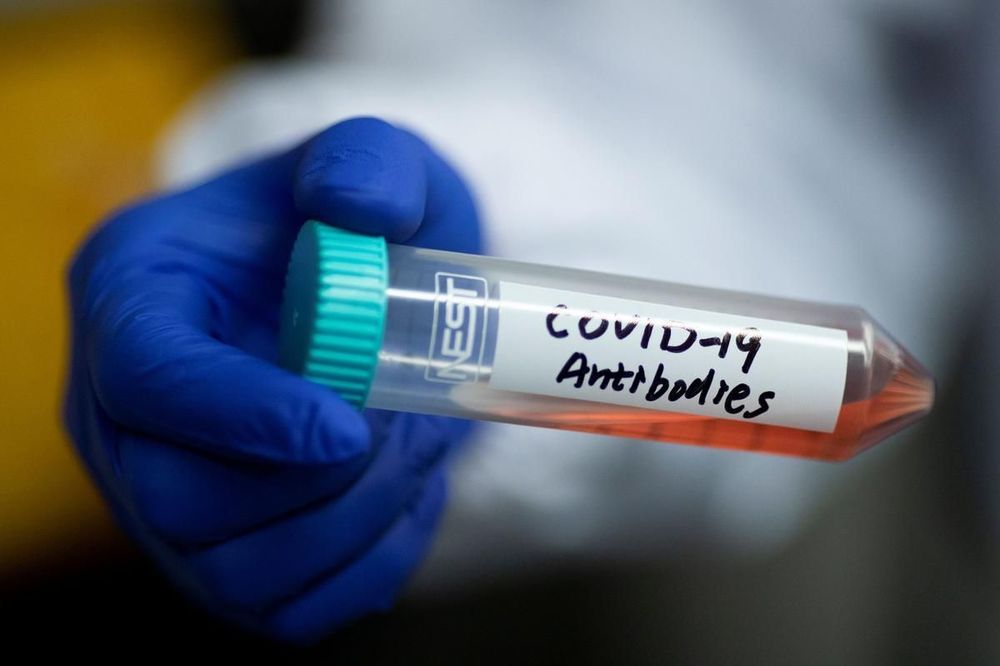
Reopening wet food markets must conform to strict standards: WHO.
GENEVA (Reuters) — The World Health Organization is not sure whether the presence of antibodies in blood gives full protection against reinfection with the new coronavirus, Mike Ryan, the WHO’s top emergencies expert, told a briefing on Friday.
Ryan also said that even if antibodies were effective there was little sign that large numbers of people had developed them and were beginning to offer so-called “herd immunity” to the broader population.
“A lot of preliminary information coming to us right now would suggest quite a low percentage of population have seroconverted (to produce antibodies),” he said.